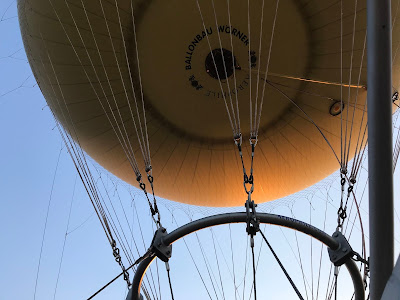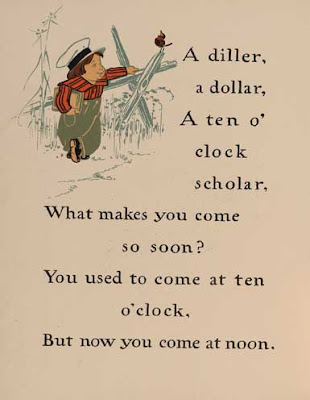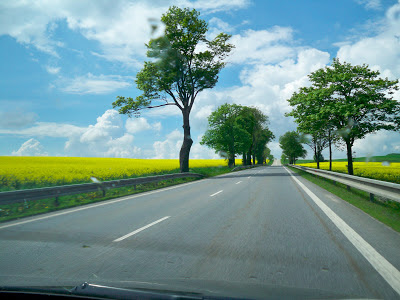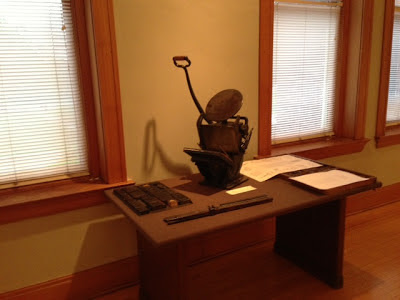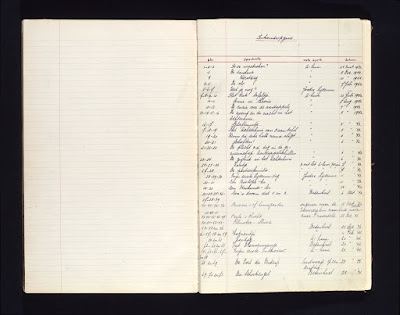Yesterday would have been the 90th birthday of Anne Frank. Seventy-seven years ago, she received a diary for her 13th birthday, a diary she would fill with words that would live on for decades, and, most likely centuries, beyond her.
The contents were in many ways typical — conflicts with her mother, questions about her future. But it was written in 500 square feet of hidden space that Anne shared with her parents, sister and four other people. And it was written amidst the horrors of Nazi Europe.
“When I write, I can shake all of my cares,” Anne wrote in her journal. “My sorrow disappears, my spirits are revived. But, and that’s a big question, will I ever be able to write something truly great, will I ever become a journalist or a writer?”
Anne would die not long after her 15th birthday. The diary she called “Kitty” was left behind in the “Secret Annex.” She could not take it to Auschwitz or on to Bergen Belsen, where she and her sister died of disease and malnutrition shortly before Allies freed the concentration camps. But a family friend saved the journal, and gave it to Anne’s father, Otto, who eventually had it published. It would be translated into 70 languages and sell tens of millions of copies around the world.
“It’s really a wonder that I haven’t dropped all my ideals, because they seem so absurd and impossible to carry out,” Anne wrote. “Yet I keep them, because in spite of everything I still believe that people are really good at heart. I simply can’t build up my hopes on a foundation consisting of confusion, misery, and death.”
(Above: a page from Anne Frank’s Tales book. She also penned what she called The Book of Beautiful Sentences — copying passages of writing that she liked — started a novel and planned a book called The Secret Annex. Photo and information courtesy of the Anne Frank Museum website and The Writer’s Almanac.)
